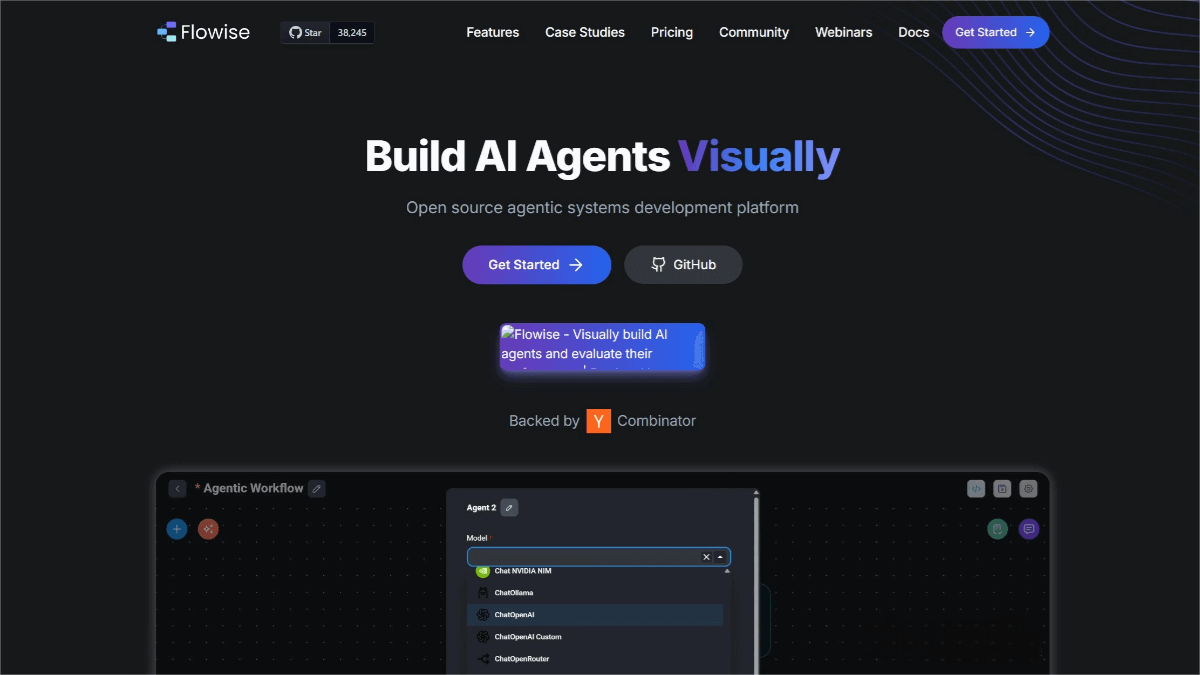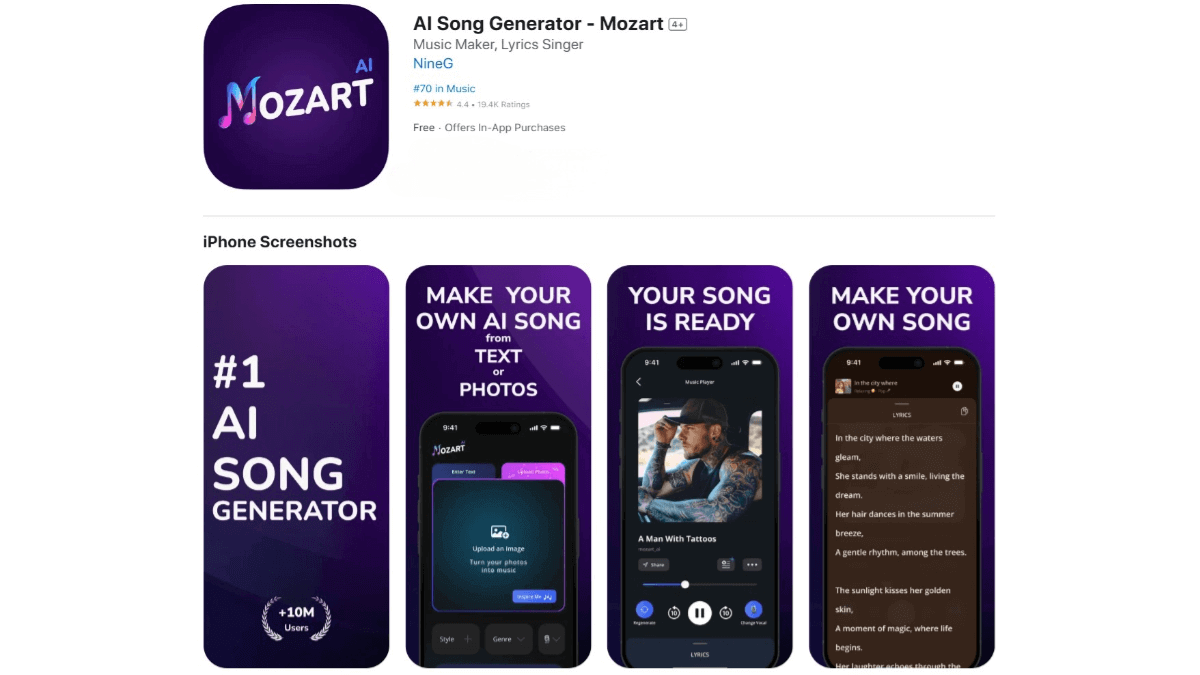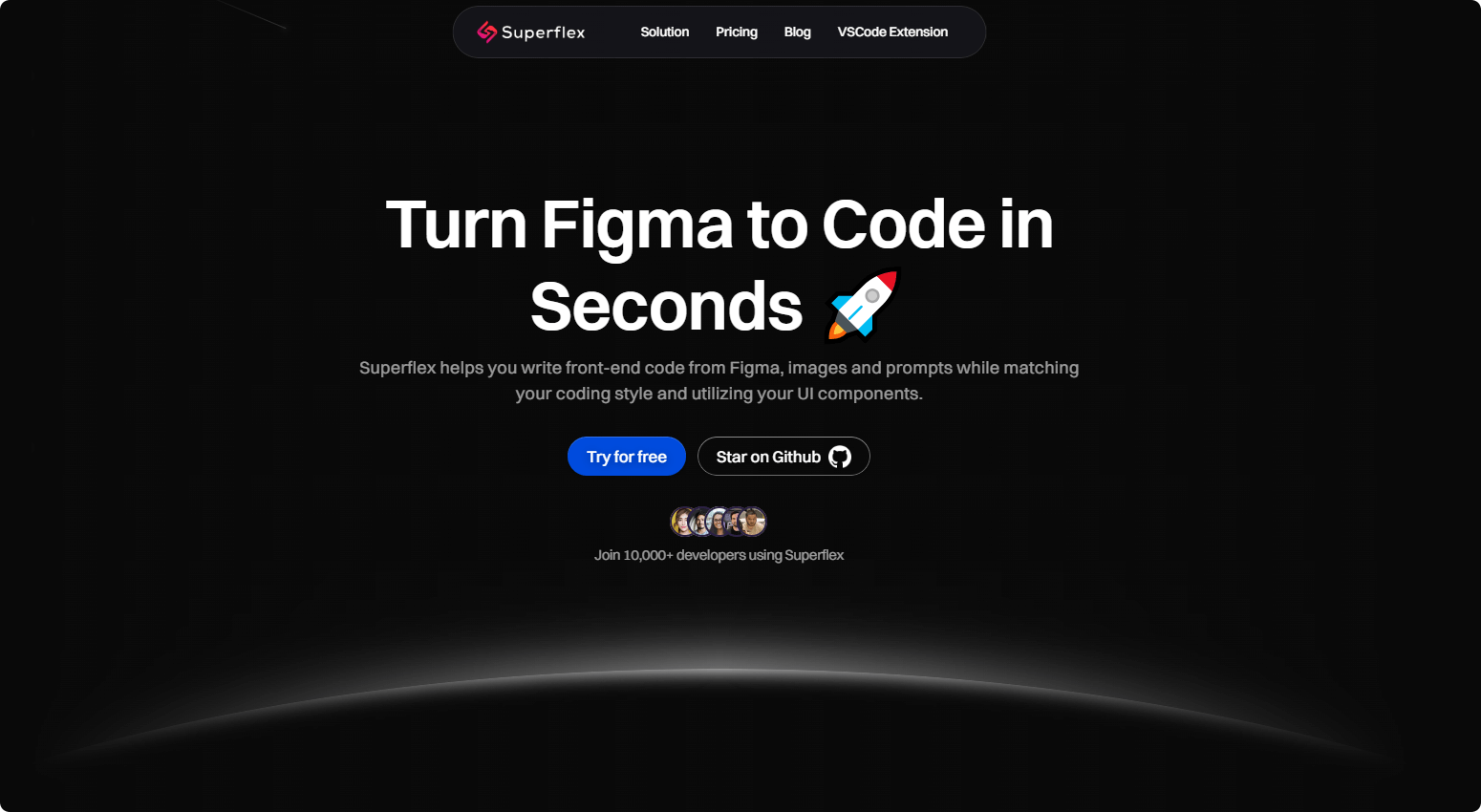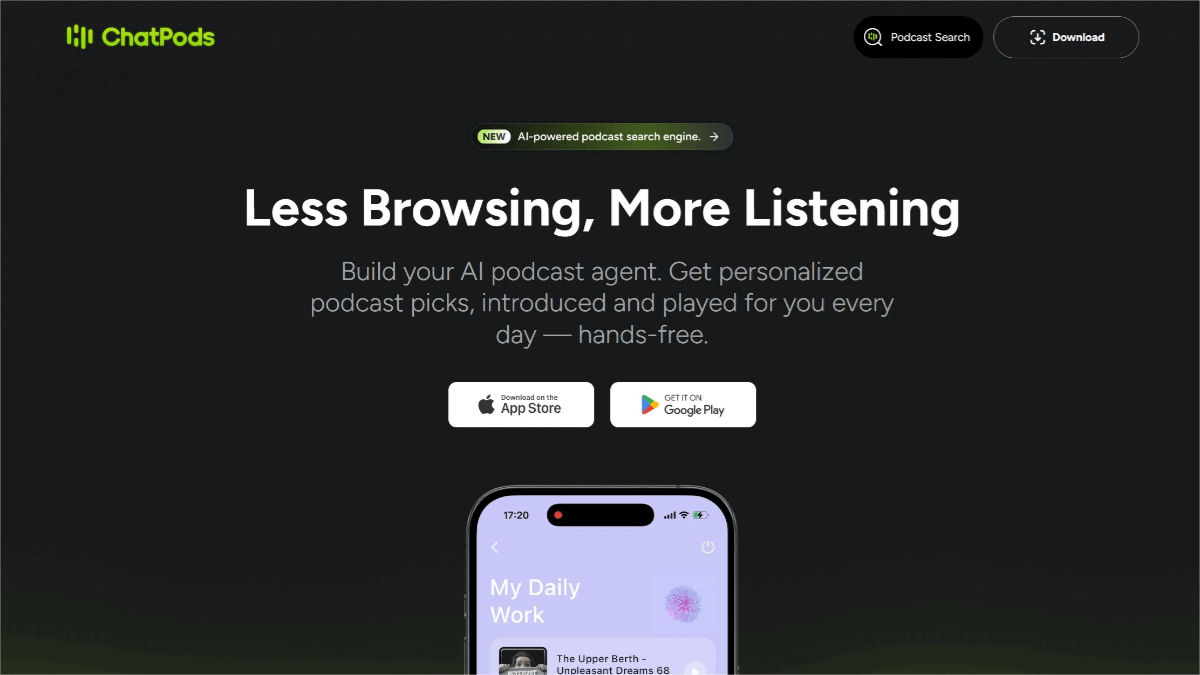Flowise – An open-source AI application building tool for creating workflows via drag-and-drop
What is Flowise?
Flowise is an open-source low-code/no-code tool that enables users to quickly build and deploy applications powered by large language models (LLMs). With its intuitive visual interface, users can easily design complex workflows through drag-and-drop interactions, significantly reducing the need for extensive coding. Flowise supports multiple leading LLMs, including OpenAI’s GPT series and Hugging Face models, and offers a rich set of built-in components to meet a variety of application needs.

Key Features of Flowise
-
Drag-and-Drop Interface: Build workflows effortlessly using visual components—no advanced coding required, making development accessible to non-programmers.
-
Multi-Model Integration: Compatible with major LLMs such as OpenAI’s GPT series, Hugging Face models, and supports self-hosted models for private deployments.
-
Extensive Component Library: Offers a variety of built-in components including LLMs, prompts, tools, memory, etc., with support for custom component development.
-
Workflow Editing: Visual workflow editor allows logic customization, including conditionals and loops, enabling construction of complex workflows.
-
Flexible Deployment Options: Flowise supports local deployment, private cloud setups, and popular cloud platforms like AWS, Azure, and Google Cloud.
-
API & Integration: Provides comprehensive API documentation and enables API generation, making it easy to integrate with existing systems.
-
Real-Time Visualization: Monitor the runtime status of your LLM applications in real time.
-
Enterprise-Grade Features: Includes features such as local data storage, role-based access control, and operation logs, making it suitable for industries with high data security requirements.
Official Website
-
Website: https://flowiseai.com
Application Scenarios
-
Intelligent Customer Service: Build chatbots that handle customer queries and offer 24/7 support. By integrating NLP and conversation management, businesses can improve responsiveness and customer satisfaction.
-
Document Analysis and Q&A Systems: Combine PDF parsers with LLMs to create intelligent document analysis solutions.
-
Personalized Recommendation Systems: Integrate user data with LLMs to build smart recommendation engines for content or product suggestions.
-
Automated Report Generation: Develop tools that convert raw data into clear, comprehensible analytical reports.
-
Knowledge Management Systems: Build smart knowledge bases to help organizations manage and utilize internal knowledge efficiently. With semantic search and vector storage, users can retrieve information quickly and accurately.
Related Posts




